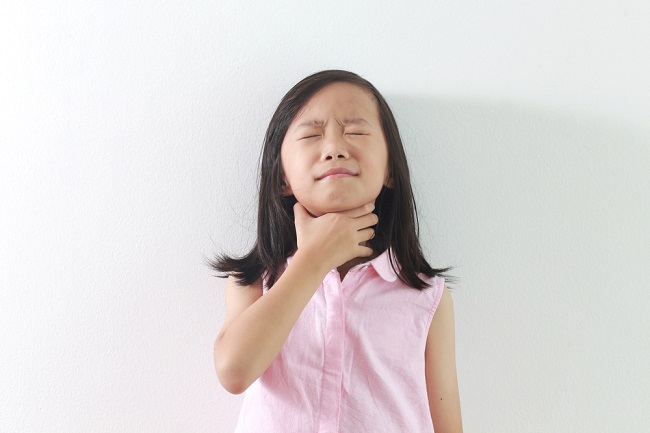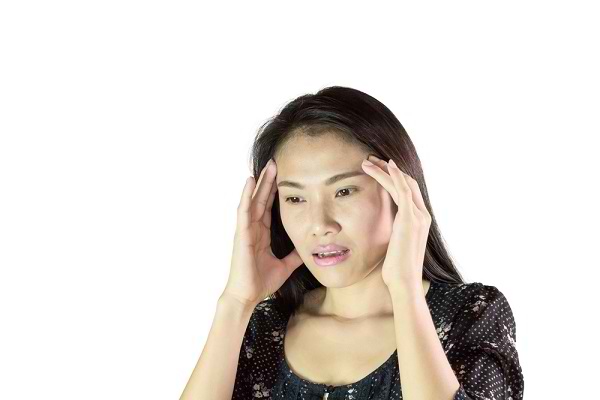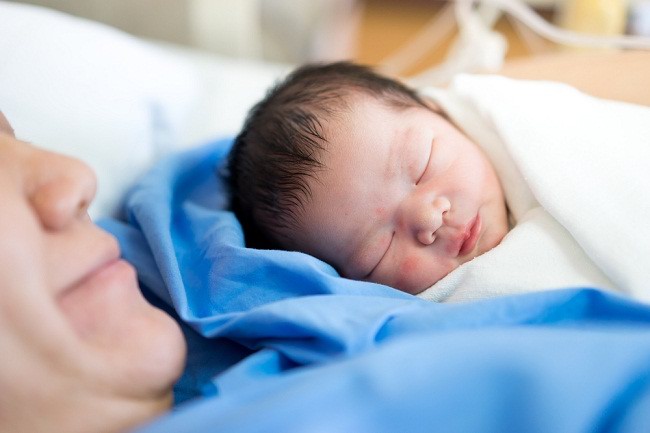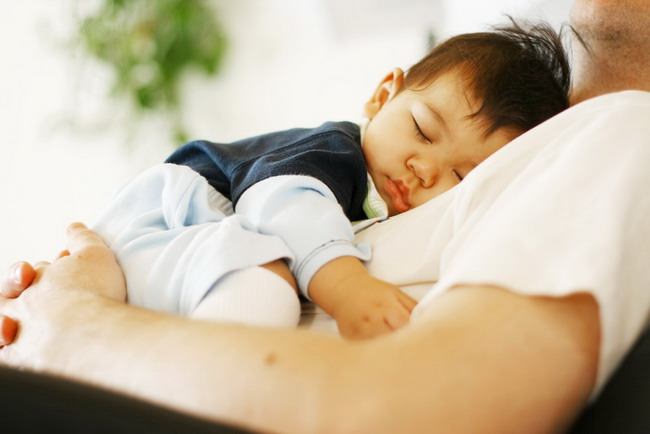Almost everyone has a fear of something. But if it's excessive and becomes a phobia, then it must be handled with are you serious. There are various types of phobias, ranging from common to Specific and looks absurd.
A phobia is an excessive fear of certain things, such as heights, enclosed spaces, blood, or certain animals. Some types of phobias can even interfere with activities.

When faced with the thing they fear, people with phobias usually experience panic attacks that cause symptoms in the form of a fast heartbeat, stuttering or unable to speak clearly, sweating, nausea, tremors, stomach pain, chest pain, dizziness, and even feeling short of breath.
Some of the Most Common Types of Phobias
In general, phobias can be divided into 3 types, namely:
phobia ssocial
Social phobia, also known as social anxiety disorder, is a persistent fear of being in social situations. For example, when meeting new people, speaking in front of a crowd, even shopping.
People with social phobia often feel excessively anxious and fear being humiliated or humiliated by others, leading them to avoid social situations.
Social phobia is generally caused by unpleasant social experiences, shyness, or psychological trauma in childhood.
Agoraphobia
Agoraphobia is a type of phobia that causes sufferers to avoid certain places and situations that can make them afraid, panicked, and helpless.
People with agoraphobia are usually afraid to leave the house for a long time, are afraid of places that make it difficult to run or save themselves, such as in an elevator or car, and are afraid of being alone in a crowd.
In severe cases, agoraphobia can make sufferers choose to stay at home because they feel safe.
phobia sspecific
A specific phobia is an intense and persistent fear of a particular object, animal, situation, or activity. Some examples of specific types of phobias are:
- Hemophobia, namely excessive fear of blood.
- Arachnophobia, namely an excessive fear of spiders.
- Anatidaephobia, namely excessive fear of ducks.
- Alektorophobia, namely excessive fear of chickens.
- Cynophobia, namely excessive fear of dogs.
- Ophidiophobia, namely excessive fear of snakes.
- Claustrophobia, namely excessive fear of closed or narrow spaces.
- Glossophobia, namely excessive fear of speaking in front of crowds.
- Acrophobia, i.e. excessive fear of
- Nyctophobia, namely excessive fear of the night or the dark. This dark phobia is often experienced by children.
- Ablutophobia, namely the phobia to bathe. This type of phobia can sometimes occur in patients who have a phobia of water.
- Haphephobia, namely the phobia of physical touch from other people.
Phobias that occur in children usually get better quickly. While phobias that occur in adults tend to last a long time and require special treatment.
You can recognize various types of phobias from the signs described above. If you experience excessive fear of one thing, you should consult a psychiatrist or psychologist for treatment, before the phobia gets worse.









